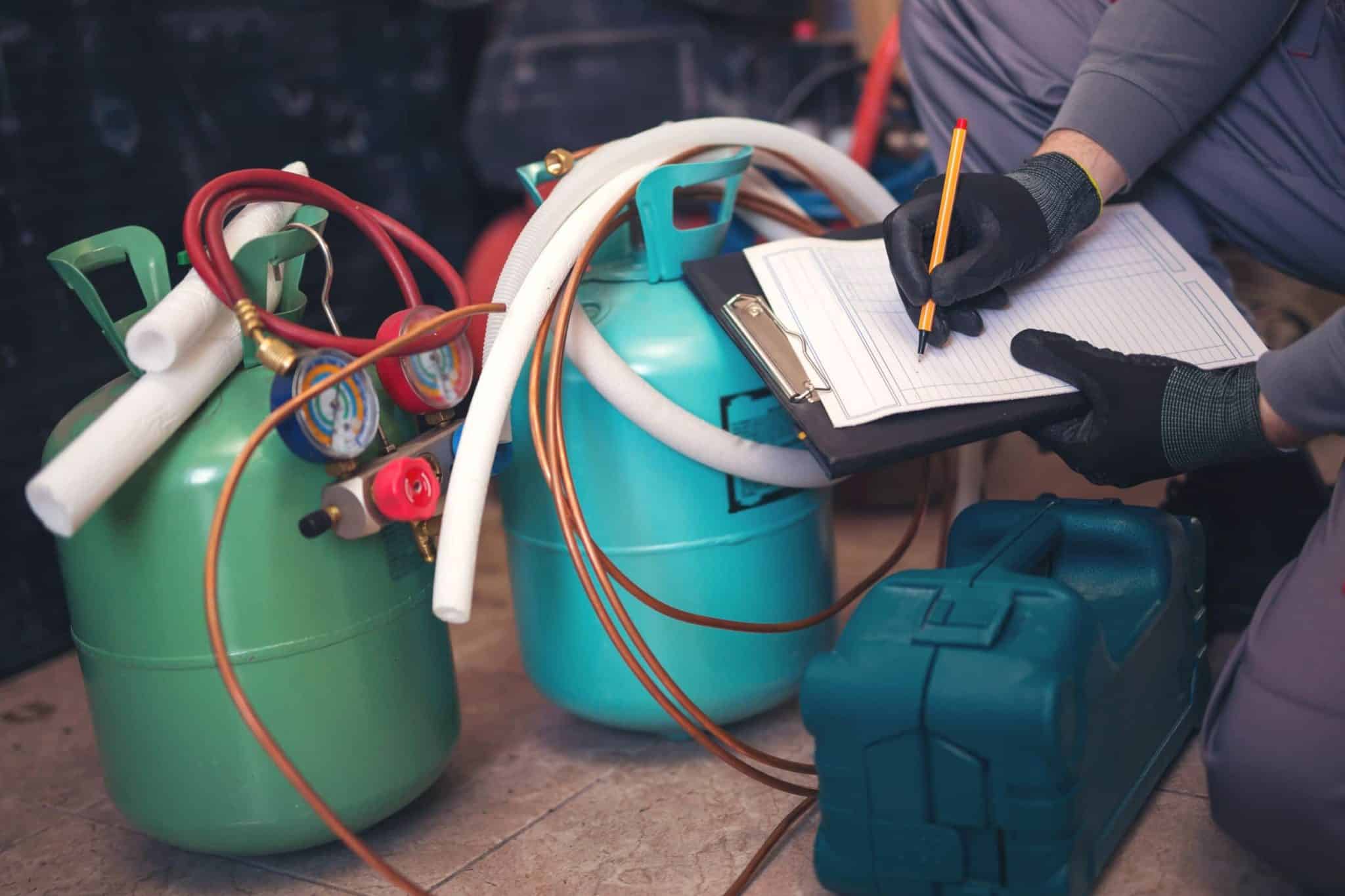The Environmental Protection Agency (EPA), Berkeley Lab, American Lung Association and many other government and private organizations want to clear the air. Literally, they want to scrub pollutants and dangerous gases from the air we breathe—including those that are found indoors.
While we are subjected to the most common indoor air pollutants on a daily basis, some are much more common than others.
The Top Most Common Forms of Indoor Air Pollution
Ever wondered “what is the most common form of indoor air pollution?”, the five most common indoor air pollution sources including the following. If you’re suffering from any of these pollutants, please ask about our Indoor Air Quality service.

1. Mold
When mold grows within a home, residents can experience symptoms such as eye or throat irritation, skin irritation, nasal stuffiness, coughing and headaches.

2. Carbon Monoxide (CO)
Stoves, furnaces and heaters can generate CO: an odorless, colorless, tasteless gas that attacks the bloodstream and central nervous system.
3. Radon
Building materials and tap water can sometimes contain radioactive particles known as radon, which is a gas that can ultimately cause lung cancer.
4. Particulate Matter
Tobacco smoke, lint, dust, sprays and other lightweight pollutants can harm the lungs and irritate the airways.
5. Volatile Organic Chemicals (VOCs)
Common household products like hair sprays and perfumes can produce airborne chemicals referred to as VOCs, which can damage the liver, kidneys and brain.
Help with Clearing the Air
Removing pollutants from your home or business is far easier than eliminating outdoor air pollution. The EPA advises homeowners and small business owners to consider scientifically proven, professionally installed air cleaners.
Particulate Cleaners
Work to remove actual particles, from large pet dander to microscopic insect body parts and other airborne items, with mechanical air filters, high efficiency particulate air (HEPA) filters or electrostatic precipitators.
Gas-phase air filters
Work to remove gases and odors using sorbents like activated charcoal; however, these are not reliable for removing carbon monoxide (CO) from indoor air.
Destructive cleaners
Use ultraviolet (UV) lights to destroy bacteria, viruses, and germs in the air.
ACE Home Services
For reliable, accurate information about your best options for cleaning the indoor air you, your family or your employees breathe, contact us at ACE Home Services today at (602) 428-3341 and ask about our air scrubber service.
